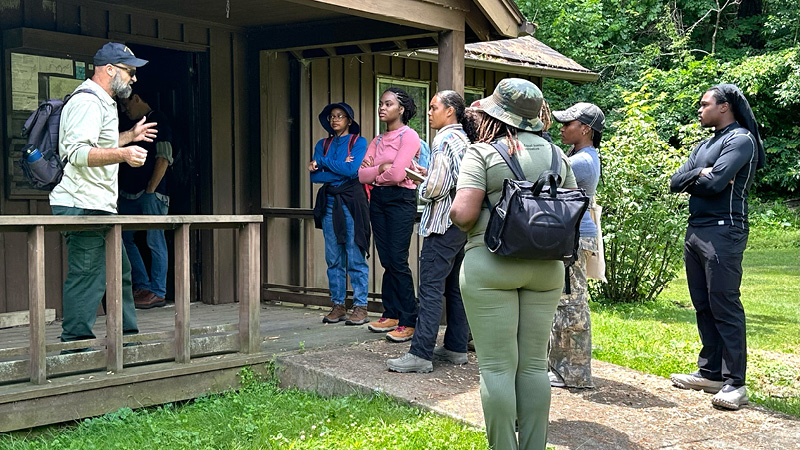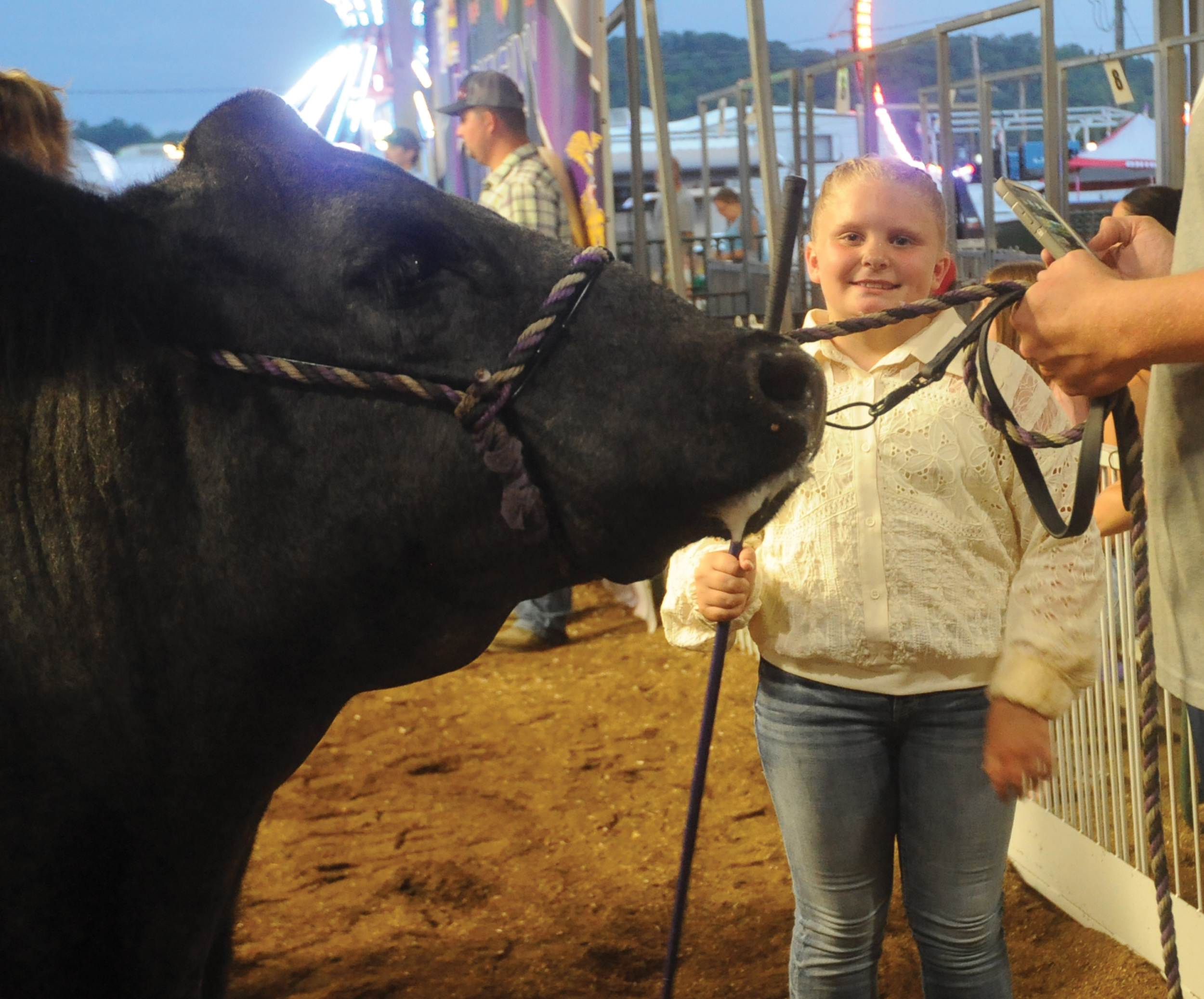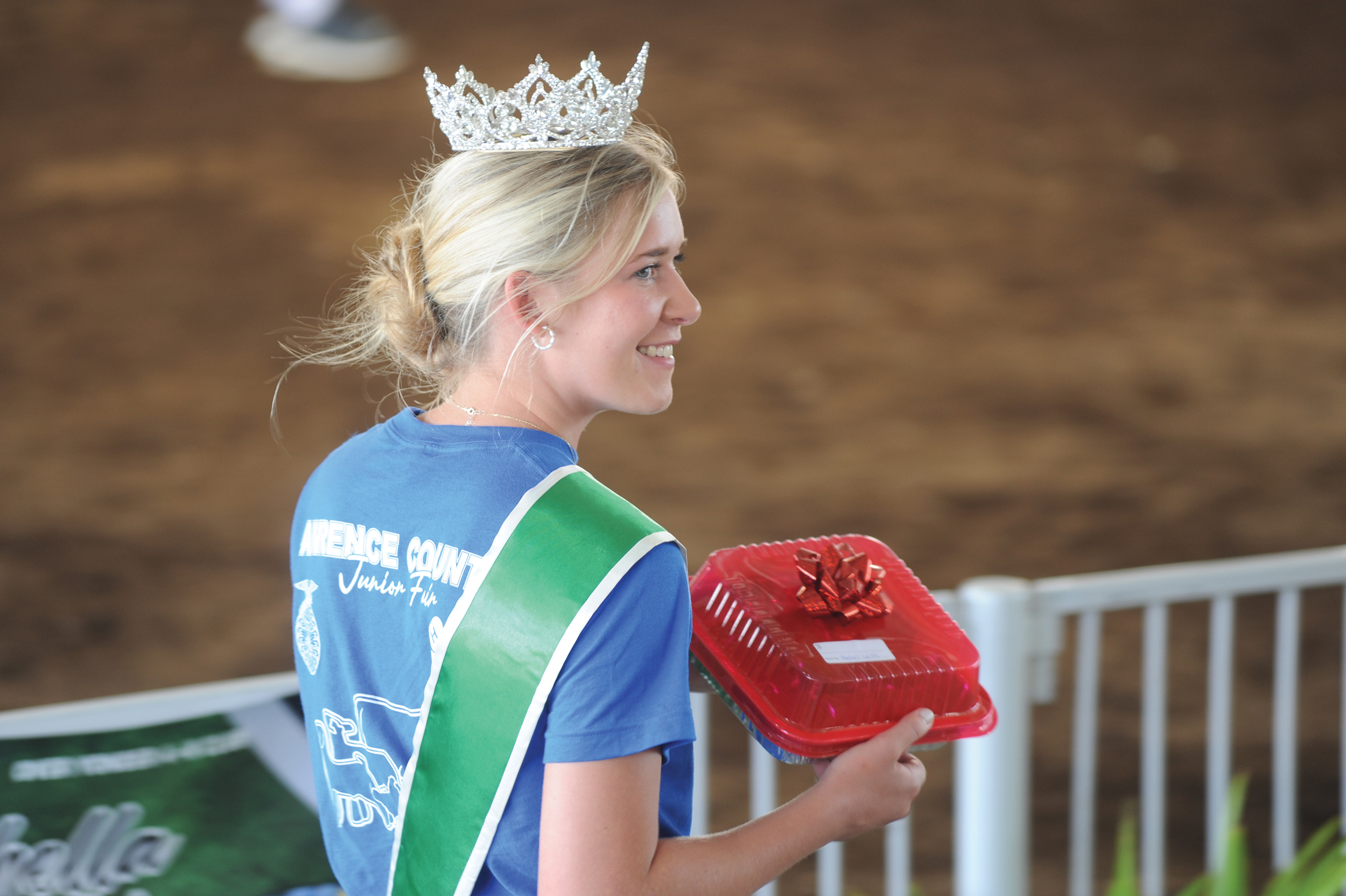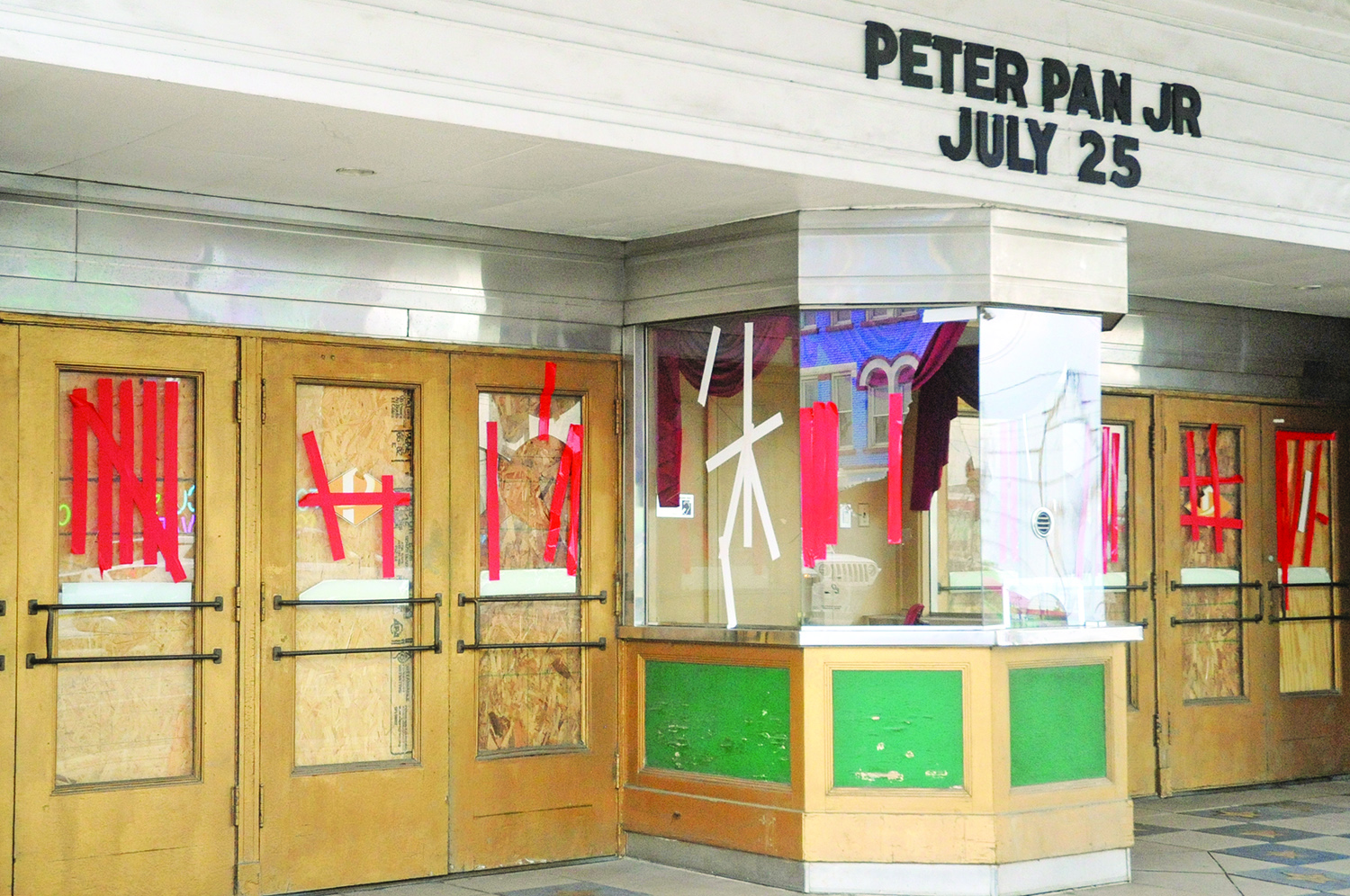Students visit WNF to study history, conservation
Published 5:00 am Friday, June 21, 2024

- From left: Andy Tremayne, Heritage Program manager for Wayne National Forest, discusses the history of the old ranger station for the early Wayne National Forest while students from Historically Black Colleges and Universities throughout the U.S. listen. The facility was built by the Civilian Conservation Corps in 1939-1940. Tremayne said the CCC built the dam and other buildings in Wayne National Forest, all part of African American history in Lawrence County. (The Ironton Tribune | Terry L. Hapney, Jr.)
By Terry L. Hapney, Jr.
The Ironton Tribune
Through a partnership among the Advisory Council on Historic Preservation (ACHP), the U.S.D.A. Forest Service’s Heritage Program, Wayne National Forest in Lawrence County and Monongahela National Forest in West Virginia, nine students from Historically Black Colleges and University (HBCUs) across the U.S. visited Wayne National Forest for a week to study historic preservation, cultural resources management and conservation.
Lynne Richmond, communications and public affairs specialist with ACHP, said the organizations recognized a need to bring young adults with diverse backgrounds into the Forest Service. That is how the Cultural Heritage in the Forest (CHIF) program was born.
“We developed this to bring HBCU students who have an interest in historic preservation or are studying history, archaeology, African American studies, even journalism,” she said.
The program is offered to students with an interest in how the Heritage Program works and how to preserve the history of buildings, places and people important to the National Forest.
“We hope this experience will encourage students to pursue professions related to historic preservation,” Richmond said. “Ultimately, we’d love for them to work for the U.S. Forest Service.”
Andy Tremayne, Heritage Program manager for Wayne National Forest, served as tour guide for the CHIF program. He said after students spend five days in Wayne National Forest, they go to the Monongahela National Forest then on to Washington, D.C., for three weeks of out-in-the-field learning.
“In particular, they are learning about historic preservation and the heritage of our forests,” Tremayne said. “The goal is to provide them some insight into what it would be like to work for the Forest Service.”
Tremayne said students will learn about job opportunities. He said the interns are majoring in history, architecture and journalism.
“It’s good that we have public affairs staff here,” Tremayne said, “so that we can introduce them to job opportunities.”
Tremayne said the program allows college students to get “a foot in the door.”
“I like to think of it as recruitment,” he said. “I would like to see all these students land a job with the federal government at some point—at least have it for their consideration as they’re finishing up their schooling and starting to look for jobs.”
Dee McClendon of Norfolk State University is one of the students doing an internship with the CHIF program. She said, “It has been phenomenal so far.”
“This is day one, but I have already learned a lot,” McClendon said. “I’m having a really good time. Yesterday was day zero, our travel day.”
McClendon said students participating in the program have met many “great people in person, finally.”
“Last week we did our (virtual) orientation,” she said. “This week we’re finally in person learning new things. Everyone today has already learned something new. I think everyone is enjoying themselves.”
Azariah Walker, a student at Southern University A&M, said she is excited to visit Serpent Mound this week.
“I’m excited to be able to test some artifacts that we could curate and learn,” she said.
Walker wants to work as an archaeologist in the future, studying prehistoric, ancient America.
Richmond said the Forest Service employs approximately 500 archaeologists. They also have architectural historians.
“All these people work in the Heritage Program,” she said.
Anna Owens, public affairs officer with Wayne National Forest, said there are 154 national forests and multiple grasslands that provide “lots of opportunities.”
“This is a great opportunity for students of color to get up-close experience,” she said.
Richmond said the way the program is organized at each of the forests gives HBCU students an idea of what would go on daily for someone working in the Heritage Program.
“That’s why we’re looking at these buildings,” she said. “That’s why we went to the iron furnace and the Rock House. We’re going to a cemetery later. We’re going to do stewardship work. It’s giving a taste of what they might encounter if they worked for the Forest in the Heritage Program.”





